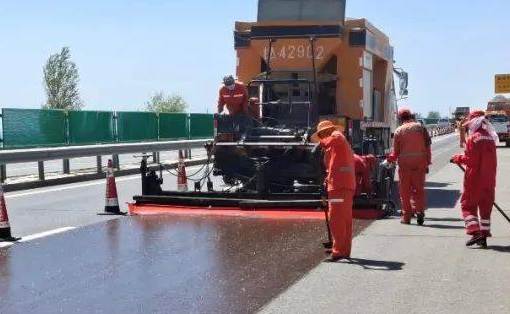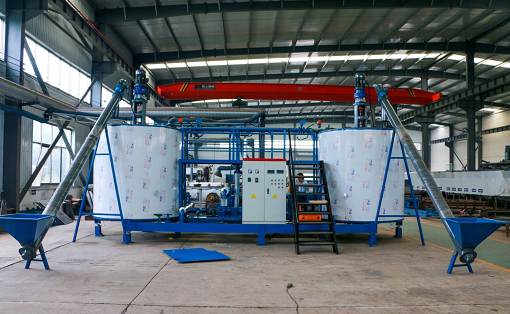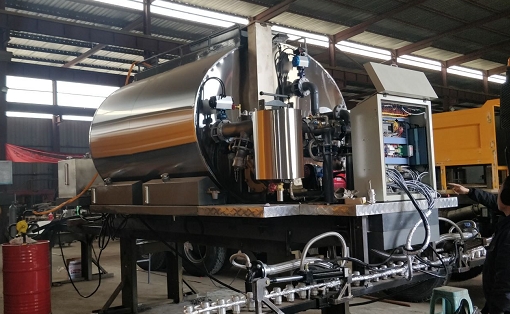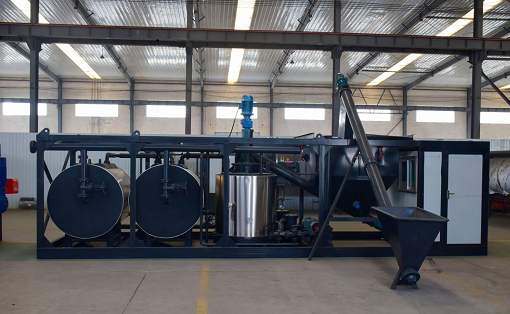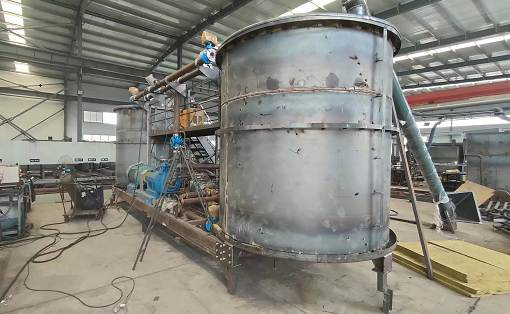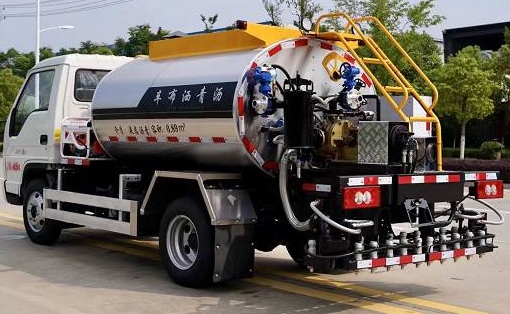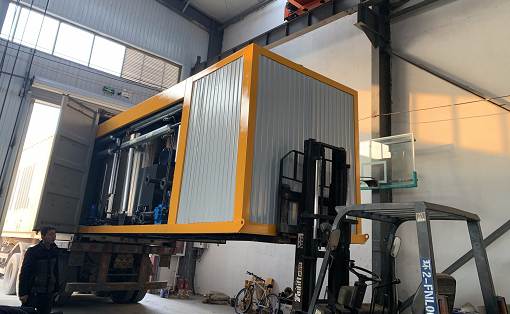Have you followed the seven major construction steps of slurry sealing and micro-surfacing?
Everyone must be familiar with slurry sealing and micro-surfacing. But do you know their 7 construction steps?
Slurry sealing and micro-surfacing were both early preventative highway protection technologies. Its function is to ensure the smooth use and extended life of the highway. The construction steps are as follows:
Everyone must be familiar with slurry sealing and micro-surfacing. But do you know their 7 construction steps?
Slurry sealing and micro-surfacing were both early preventative highway protection technologies. Its function is to ensure the smooth use and extended life of the highway. The construction steps are as follows:
1. Cleaning: Thoroughly remove dirt, debris, etc. from the original road surface;
2. Line marking: Marking conductors may or may not be used if there are curbs, lane lines, etc. as reference objects;
3. Health care: This requires spraying the sticky layer oil. Start the spray truck to spray the sticky layer oil and perform health care;
4. Paving: Start the paver truck and spread the micro-surface or slurry seal mixture;
5. Repair: Manually repair local construction defects;
6. Health maintenance: initial health maintenance;
7. Open to traffic.
Warm reminder: The single paving width should be reasonably determined based on the entire construction width required by the design, taking into account factors such as reducing the number of longitudinal joints and placing the longitudinal joints near the lane lines.
Micro-surfacing and slurry sealing layers do not need to be rolled after paving. It is used in situations such as hard shoulders and parking lots where there is a lack of rolling equipment, or to meet special needs, a 6t to 10t tire roller can be used for rolling. The timing of rolling should be chosen after the micro-surface and slurry sealing mixture have been demulsified and initially formed.
Are slurry seals and micro-surfacing very simple to construct? But the simpler things are, the more careful you have to do them. And have you done it?


